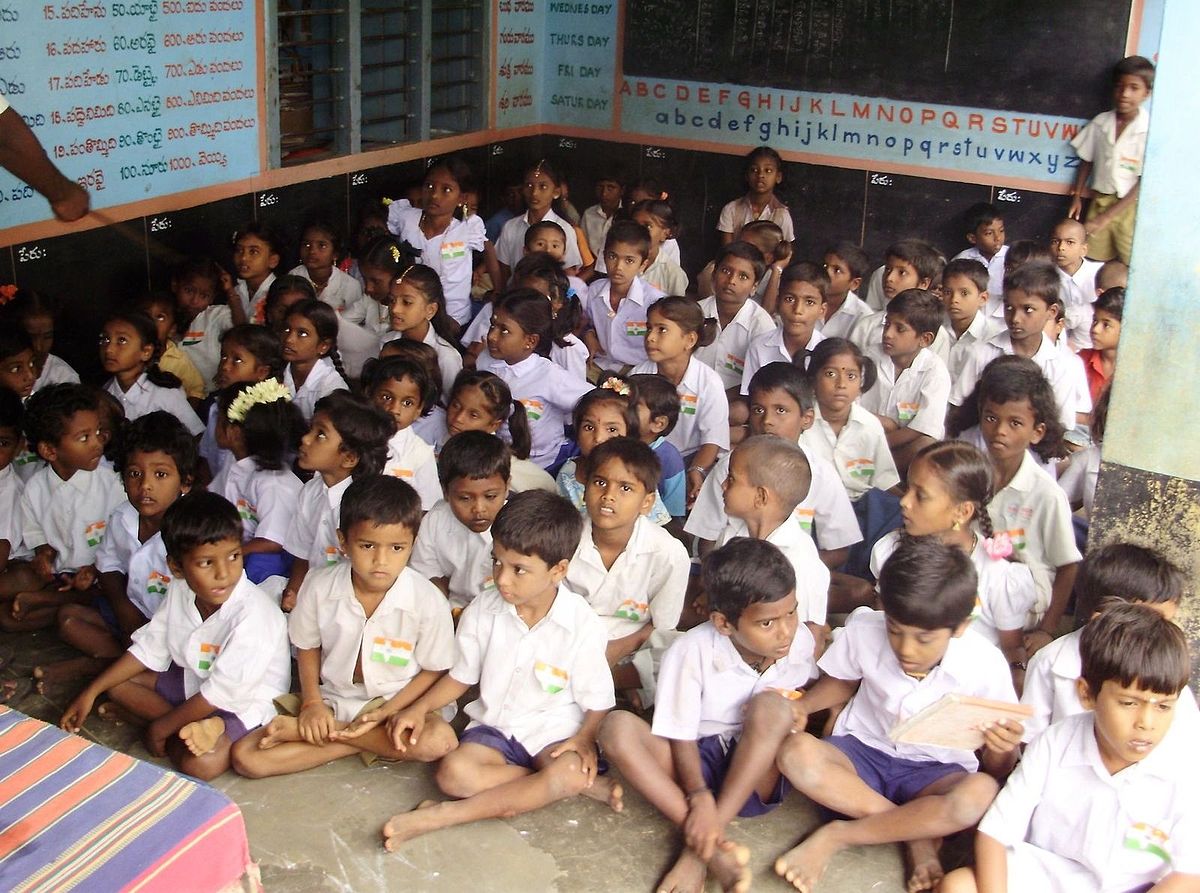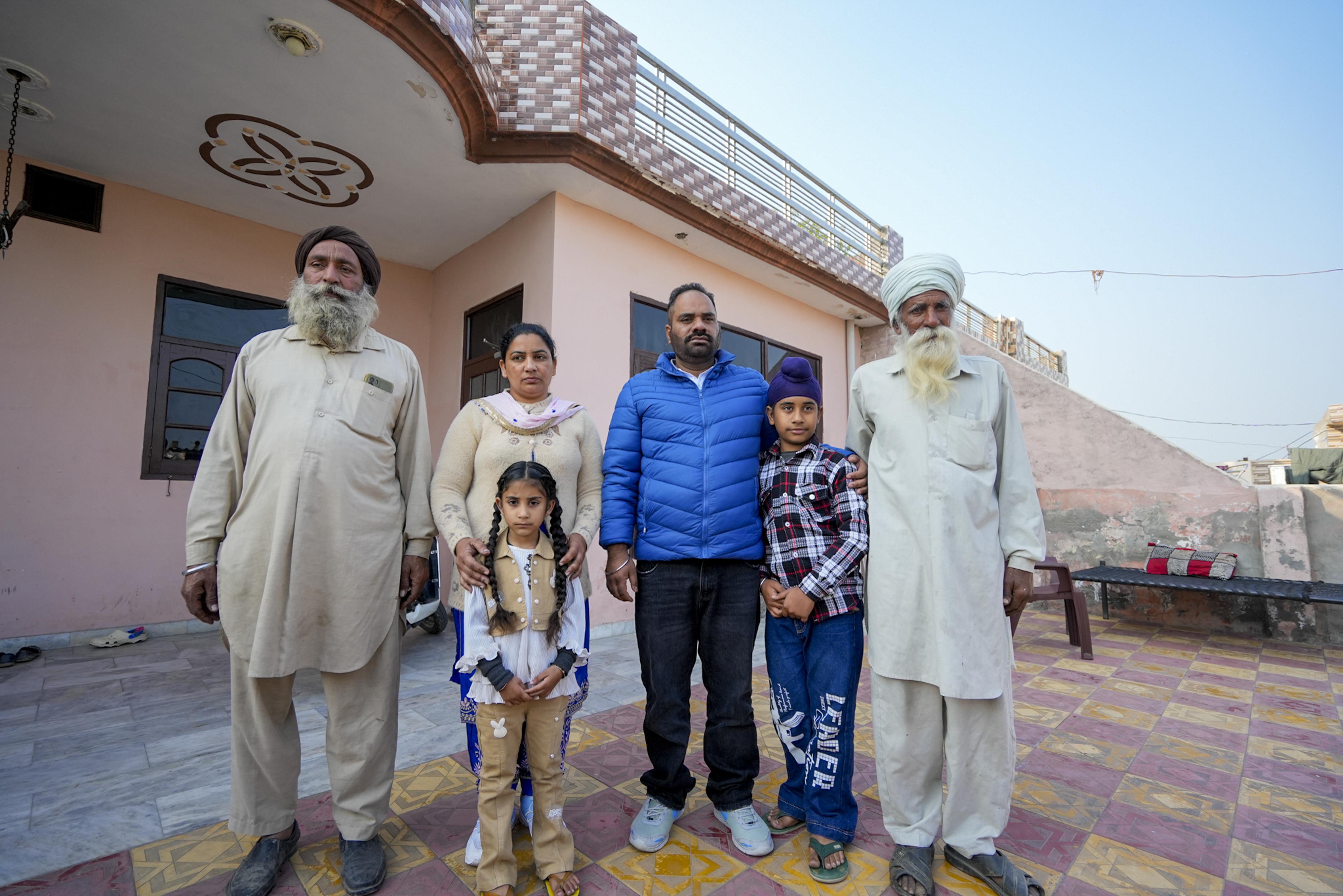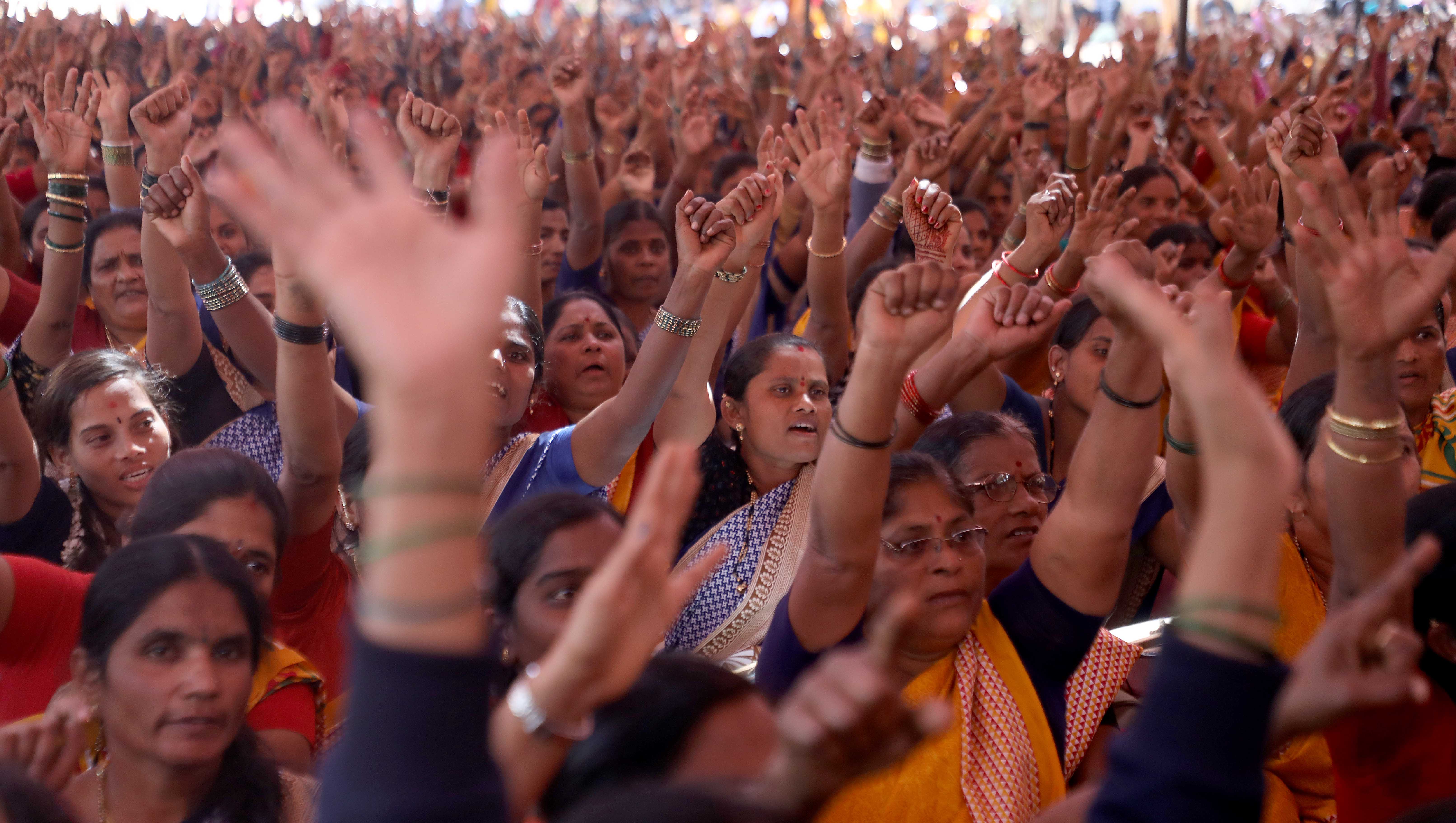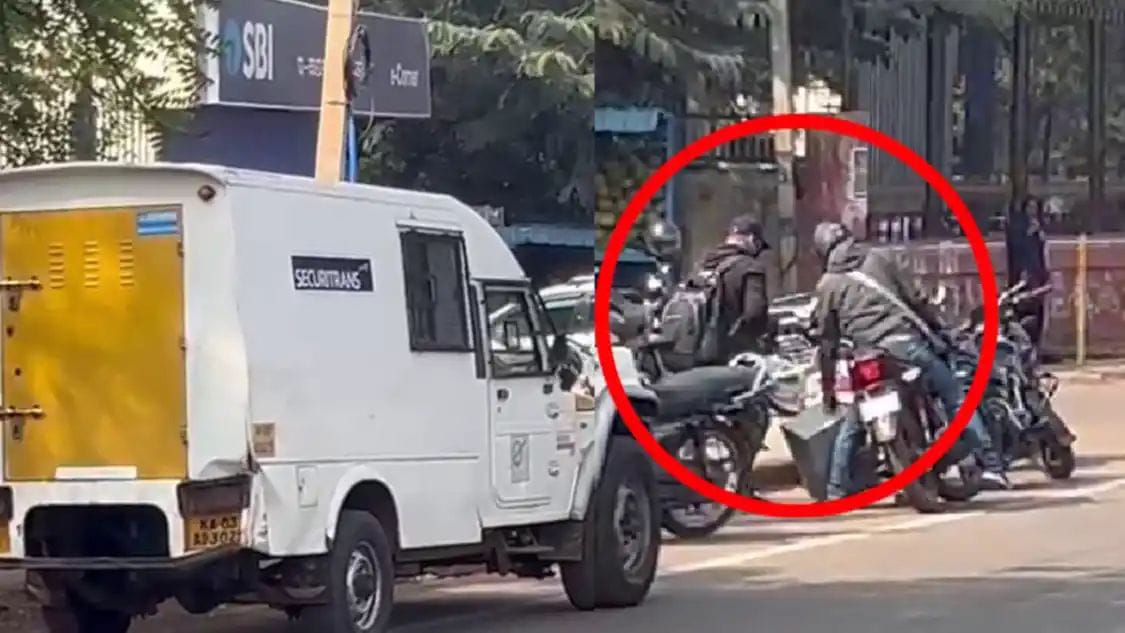Drought, debt, despair drive almost 383 farmers to suicide in Karnataka
In 2023, the State experienced its worst drought in 123 years — 223 of 236 taluks were declared disaster-hit and 48 lakh hectares of crops were damaged, this resulted in a loss of Rs 35,162 crore.
-
Representative image
BENGALURU, 12 APRIL
Karnataka’s three districts - Bidar, Kalaburagi, and Yadgir
- saw 383 farmer suicides in the last five years, according to the Agricultural
Department data. What is pushing the farmers to the brink? It’s a lethal
combination of severe drought, crop failure, falling crop prices, and
overwhelming debt.
In 2023, the State experienced its worst drought in 123
years — 223 of 236 taluks were declared disaster-hit and 48 lakh hectares of
crops were damaged. This resulted in a loss of Rs 35,162 crore.
Kalaburagi, known as the "tur bowl of Karnataka",
saw 151 farmer suicides since 2023. From April 2023 to March 2024, alone, it
saw 88 suicides amid severe drought. The toll decreased to 63 in April 2024 to
March 2025, but the situation remains dire. Of the total number of suicides,
108 are eligible for compensation in the district.
Farmers have criticised the government's lack of
action. Ningappa Karadi, a farmer from Shahapur, told Salar
News, “I grew 60-70 quintals of chilli on my 4-acre land. But the market
price has fallen to just Rs 6,000- Rs 8,000 per quintal from Rs 15,000. I made
a profit of Rs 4 lakh. I owe Rs 6 lakh in loans. Even if I pay it back, I’ll
still owe Rs 2 lakh. If the government doesn’t ensure fair prices for our
crops, suicides will only increase.”
In 2024-25, Kalaburagi cultivated 6.22 lakh hectares of tur
dal, surpassing the target by 2 per cent. However, nearly 2 lakh hectares faced
crop failure due to dry spells and dry root rot disease. Other crops such as
bajra, sugarcane, groundnut, and cotton also suffered extensive damage, with
1.82 lakh hectares of crop loss.
“Farmers, who primarily cultivate crops such as pigeon pea,
green gram, black gram, sorghum, cotton, and groundnut, are struggling as they
often take loans for seeds, fertilisers, and labour, but when crops fail, the
accumulated interest on loans becomes unmanageable. Despite government schemes
aimed at supporting agriculture, these measures have failed to prevent farmer
suicides,” a farmer leader said on the condition of anonymity.
Yadgir, too, has been severely hit, with 100 suicides in the
last two years. In 2023-24, 70 farmers took their lives, followed by
another 30 in 2024-25. The district was hit by drought and bouts of excessive
rainfall, crippling agriculture.
Bidar too is witness to a large number of farmer suicides.
The district saw 131 suicides since 2020. The year April 2023-March 2024 saw
the highest toll in the district, with 75 farmers taking their own
lives, mainly due to the drought that ravaged crops. Shockingly, 32 of these
suicides were from Bhalki, the hardest-hit region as crops were destroyed after
heavy unseasonal rains. As of April 2024, to 2025, Bhalki has already reported
seven more suicides.
On 28 January, 2025, two farmers killed themselves
in a single day. One of them was a 21-year-old from Khanapur village in Bhalki.
He had taken a loan of Rs 4 lakh to invest in his crops. However, due to poor
yield, he was unable to pay his debt. This inability to clear debts is the very
reason why farmers kill themselves.
What adds salt to the wounds is the delay in the disbursement
of compensation to the families of the deceased. However, the Department of
Agriculture has dismissed these claims. Joint Agriculture Director Ziaullah
Khan told Salar News, "Compensation has been distributed to
all the families of farmers who died by suicide in 2023-24. Of the 21
cases reported in Bidar 2024-25, compensation has been given to 14
families."
Khan said families of farmers who die by suicide
are entitled to a ₹5 lakh compensation, along with widow pensions, healthcare,
education, and housing support.
Samad Patel, Joint Director of Agriculture, told Salar
News that while suicides have decreased by 30 per cent from 88 in 2023
to 63 in 2024, the financial distress remains overwhelming. "The financial
strain and debt burden continue to lead many farmers to take their
own lives despite the government’s efforts," Patel said.
To tide over the crisis, Kalaburagi District In-charge
Minister Priyank Kharge announced a relief package of Rs 667.73 crore on 25
March for 2,36,933 farmers who suffered crop loss during the kharif
season. He claimed it was the largest-ever relief package for the district.
In Yadgir, heavy rainfall and floods damaged crops on at
least 4 lakh hectares in 2024. Yadgir, which received 736 mm of rainfall in
2024 (a 2 per cent surplus), saw losses, particularly in commercial crops such
as paddy, cotton, and chilli. Despite these challenges, the Agriculture
Department had set a target of 84,500 hectares for tur cultivation in 2024,
leading to heavy financial strain.
Mallikarjun Satyampete, Vice President of the Karnataka
State Farmers’ Association, decried the lack of genuine political will to
address farmers' concerns. “Before elections, all parties promise to
help farmers, but once in power, they forget about us. Laws like the
Swaminathan Commission Report must be implemented,” he said, adding that
despite the Minimum Support Price (MSP) guarantee, farmers are still
struggling. The Swaminathan Commission recommends ways to improve the
productivity and profitability of farmers and suggests ways to ensure food
security and rural credit.
In 2024, Revenue Minister Krishna Byre Gowda said the
government would pay Rs 3,000 each to 16 lakh small and
marginal farming families to compensate them for losses due to
drought.
Salar News
Taluk-wise breakdown in Yadgir
During 2023–24, Yadgir reported 70 farmer suicides,
distributed across its taluks as follows:
Shahapur :21
Vadagera: 12
Surapura :20
Hunasagi:15
Yadgir: 1
Gurumitkal: 1
No of deaths in Bidar
|
Year (April-March) |
No of suicides |
|
2020-21 |
10 |
|
2021-22 |
21 |
|
2022-23 |
4 |
|
2023-24 |
75 |
|
2024-25 |
21 |
What is dry root rot disease?
Dry root rot is a plant disease caused mainly by a fungus called Rhizoctonia
bataticola. It affects the roots of crops like chickpea, cotton, and
groundnut, especially in hot and dry conditions. The disease starts with the
yellowing and wilting of leaves. As it progresses, the roots turn dark,
brittle, and dry, making it hard for the plant to absorb water and nutrients.
Eventually, the plant dries up and dies, even if the soil has enough moisture.
Poor soil health and drought stress make the problem worse. Managing the
disease involves crop rotation, using resistant varieties, and improving soil
moisture and health.
Leave a Reply
Your email address will not be published. Required fields are marked *









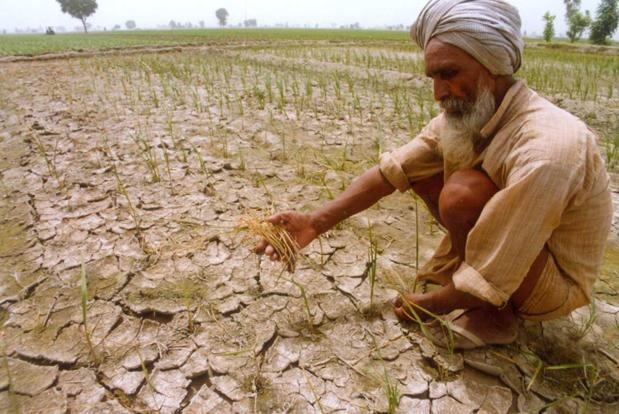

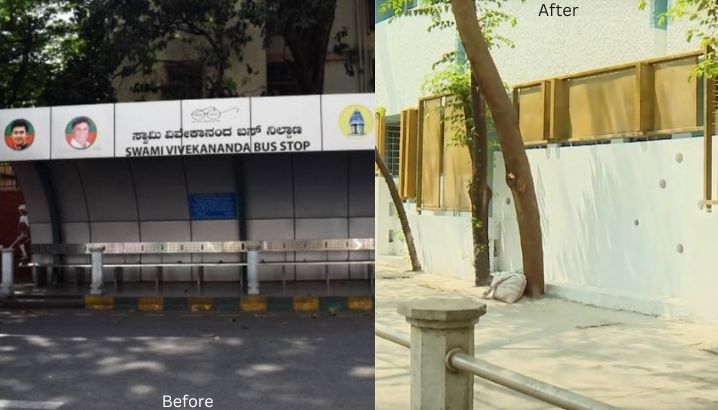

.jpg)


